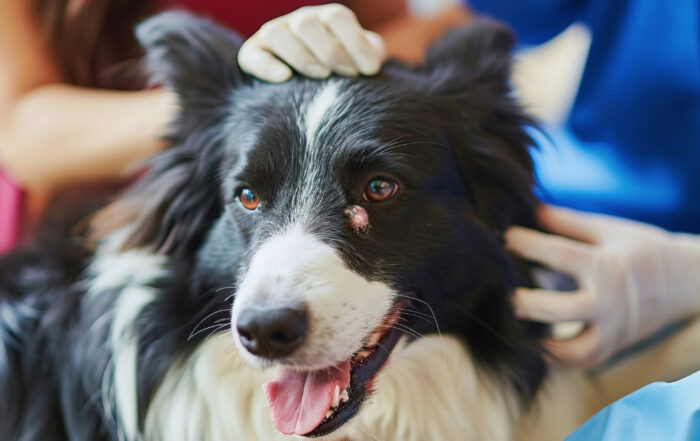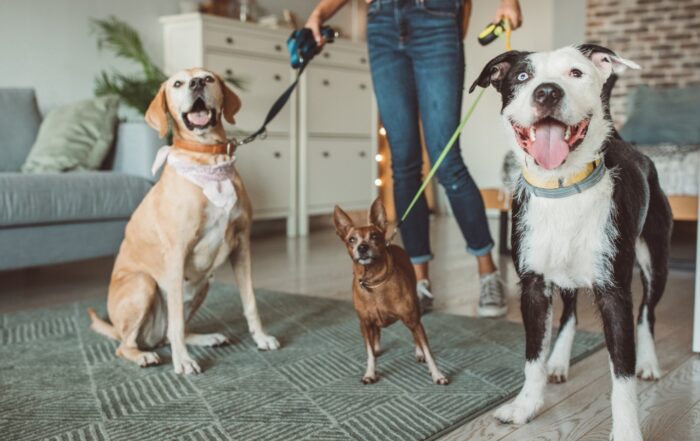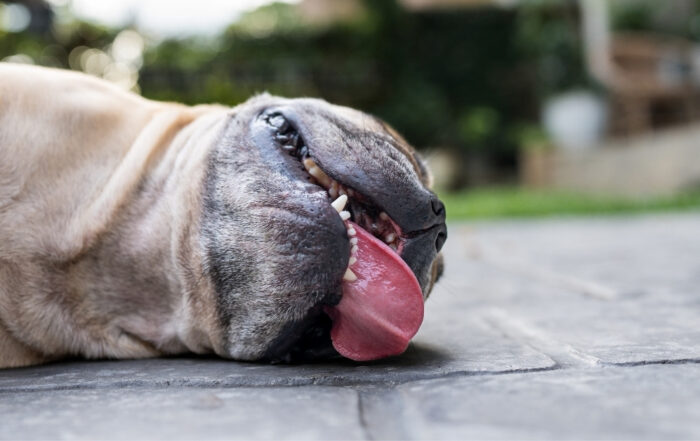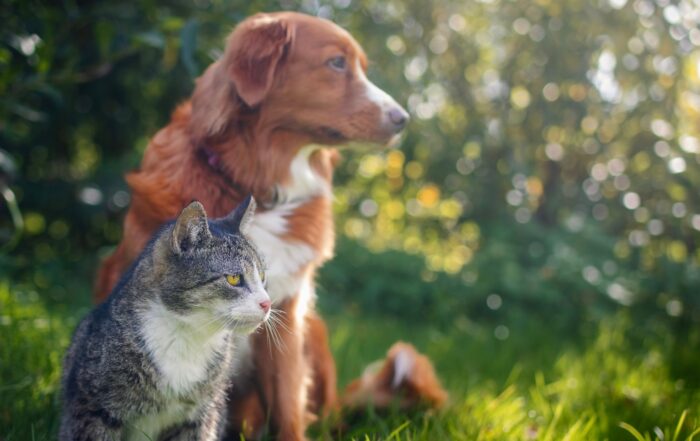Found a Lump on Your Pet? Here’s When to See a Vet
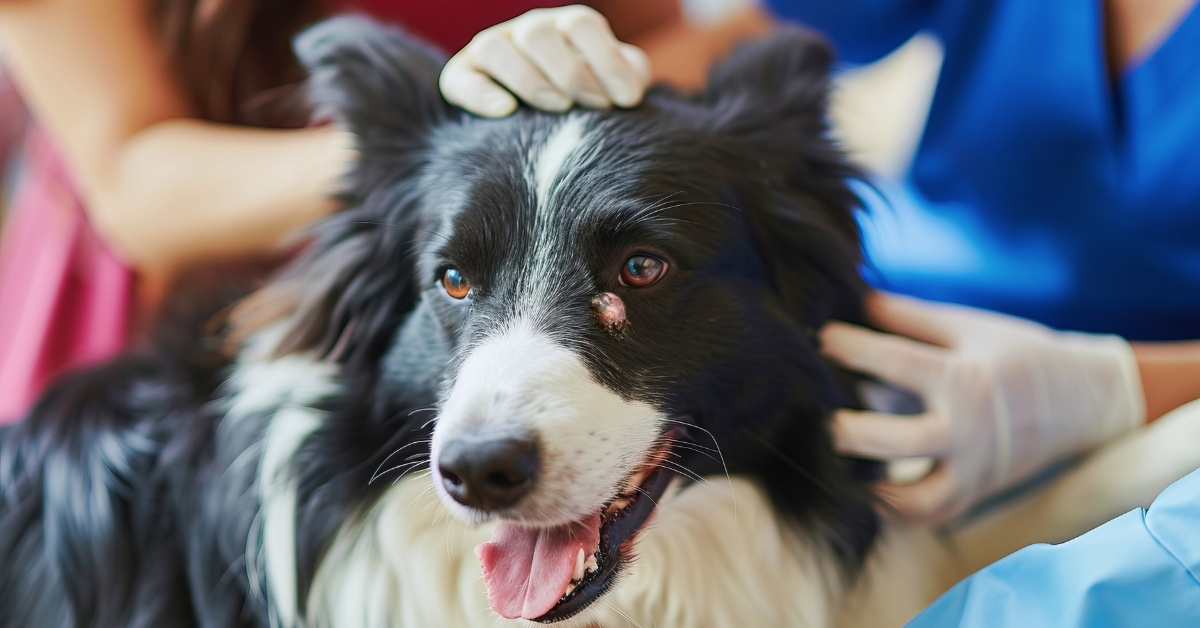
Finding a lump or bump on your dog or cat can be alarming — but not every lump is cause for panic. Pets, like people, can develop harmless growths as they age, including fatty tumors (lipomas), warts and cysts. However, some lumps can signal something more serious.
Knowing when to be concerned—and what to do next—is key to keeping your pet healthy.
At Ally Urgent Veterinary Care, serving Chesapeake, Virginia Beach and Northeastern North Carolina, we know that early detection can save lives. While some lumps are harmless, certain signs may indicate a need for urgent evaluation.
Signs a Lump May Need Veterinary Attention
Contact your veterinarian if the lump:
It is important not to self-diagnose. Even experienced pet owners cannot determine whether a mass is benign or malignant without veterinary testing. Our advice? Schedule an exam if you notice something new, unusual or changing.
What to Expect During a Veterinary Visit
If you bring your pet to Ally Urgent Veterinary Care for a lump evaluation, here is what typically happens:
Not all Cancers Start with a Visible Lump
It is also important to keep an eye out for additional signs, including:
When in Doubt, Get It Checked Out
Most lumps in pets are not life-threatening—but prompt veterinary evaluation is key. Early detection and treatment can make all the difference. If you notice any of these changes, schedule an exam. Whether your pet has a simple cyst or something more serious, we are here to guide you every step of the way.
Recent Posts

